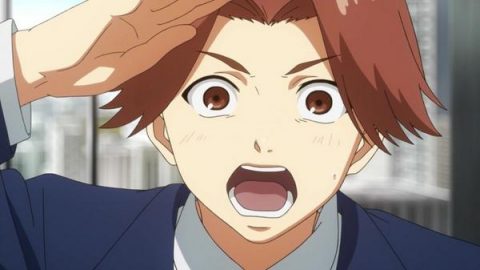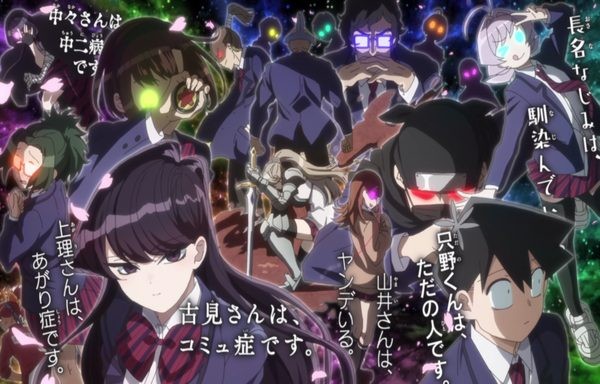The manga "Monster Incident" is popular for its unique worldview where monsters play an active role and for the appearance of many attractive characters, but what kind of existence are the monsters that appear in the Monster Incident? Are they ghosts? Are they living things? Or are they something else? In this article, we will analyze the monsters that appear in the Monster Incident from every angle, and deeply analyze what kind of existence the monsters are and what their origins are. We have packed a lot of information that will help you understand the story of the Monster Incident, so we hope you will take a look.
Why are the "monsters" in the Monster Incident so special?
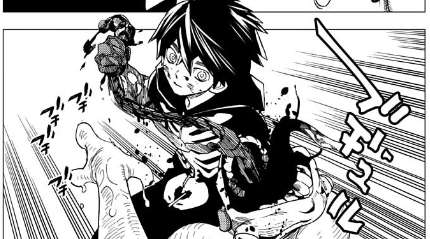
Before introducing the monsters in Monster Incident, I would like to explain in detail how the monsters are different from creatures that appear in other anime and manga.
Not Just a Monster
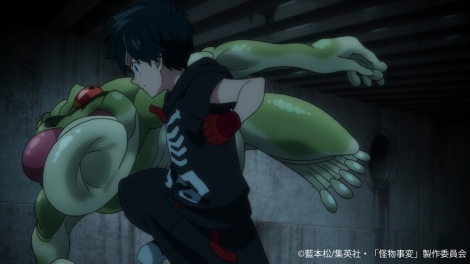
At first glance, the monsters are easy to see as just monsters that appear in many other anime and manga, but by carefully analyzing the scenes in which they appear and the story settings, you will see that the monsters that appear in Kaibutuzihen are not as simple as just monsters.
What is a monster?
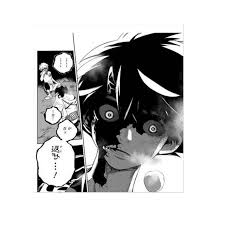
Monsters are strange creatures that are different from humans, but they live together in the world we live in. There are many types of monsters, such as foxes like Ikuo that trick people, raccoon dogs like Inugami, and even Shiki like Natsuba, and they continue to live quietly without being noticed by us humans.
Thinking about Japan in the Past
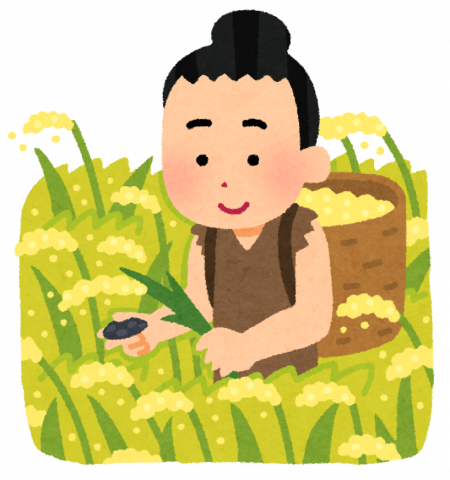
Now, the biggest clue in thinking about these monsters in detail is "Japan in the Past." The existence of monsters such as foxes, tanuki, and demons shows that the existence of monsters is closely related to ancient Japanese beliefs. Here, we will consider the true identity of the monsters depicted in the Monster Incident by analyzing the ancient Japanese beliefs.
Is their true identity gods!?
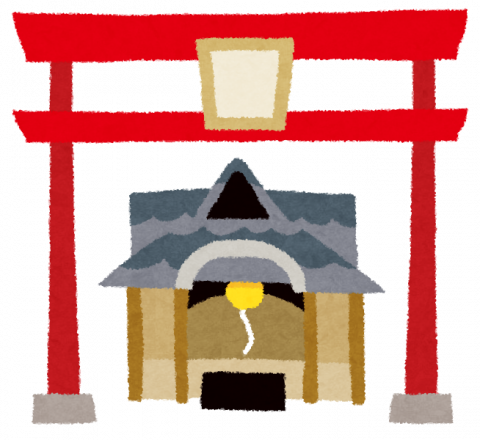
First of all, monsters (beings like monster foxes and monster tanuki) have been worshiped as gods in Japan since ancient times. In other words, the true identity of monsters is, in a word, what we call gods in Japan. Many people may think, "There are other types of monsters besides foxes and tanuki," but the Japanese faith is originally a belief in the eight million gods with various forms, and strange beings beyond human understanding have spiritual powers and are revered and worshiped. In this way, the Japanese faith is quite vague, and it was thought that having various forms like monsters was a natural form for gods.
The monsters are actually gods!!
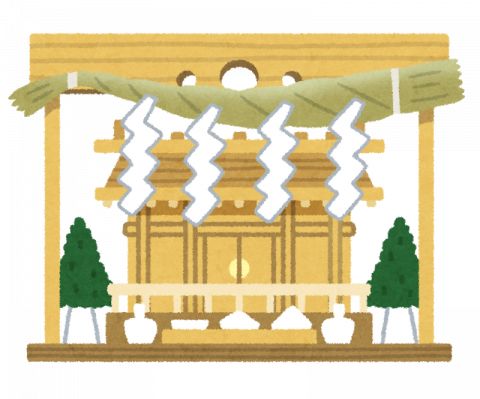
The characters that appear as monsters in the Monster Incident are beings that our ancestors once worshiped as gods. So, what exactly are the beings that we Japanese worship as gods? I would like to explain the Japanese gods that are the source material for the monsters.
Gods in Japan and the West
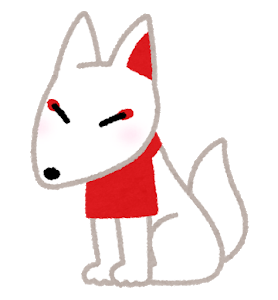
In the West, gods are considered to be unique beings and creators of this world. However, the Japanese gods we believe in are not unique beings, but are considered to have supernatural powers beyond our imagination. The reason for this difference in the objects of worship is thought to be that, unlike the West, which had a pastoral culture, Japan lived a life centered on agriculture, where harvests were dependent on the weather, a powerful force that they could not control.
Japanese people and monsters once lived together
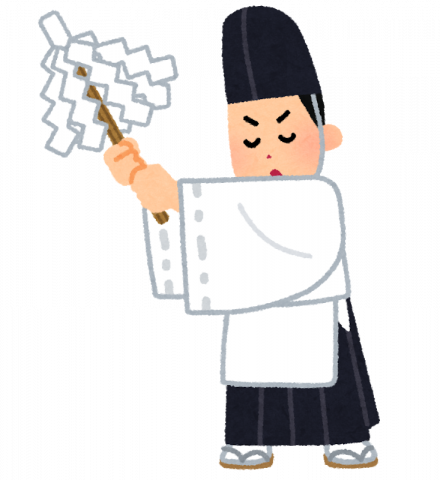
In this way, gods were supernatural beings for Japan, an agricultural culture. Because they determined the harvest of crops, people always feared them, but worshiped them as gods. In other words, it is believed that monsters with supernatural powers were once worshiped as gods by the Japanese and lived with them.
Animism
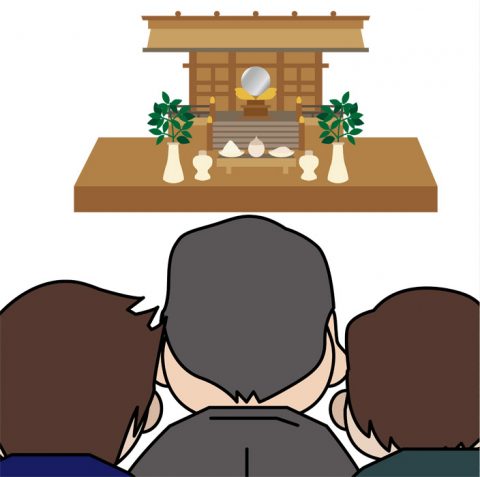
The idea that spirits reside in various phenomena and objects in the natural world and live with us is called animism, and it can be assumed that monsters were once worshipped by us Japanese people through this animism.
The true identity of the "Monster Incident"
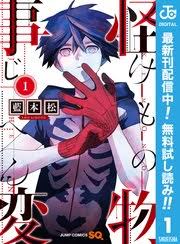
I've already mentioned that the monsters are gods that were once worshipped in Japan, but from here on, I'd like to analyze the "Monster Incident", which is the most important part of this work. If we can understand the relationship between the monsters and us Japanese people, we will naturally understand the "Monster Incident" that is said to have occurred between them and us, so let's take a closer look.
What is the "Monster Incident"?
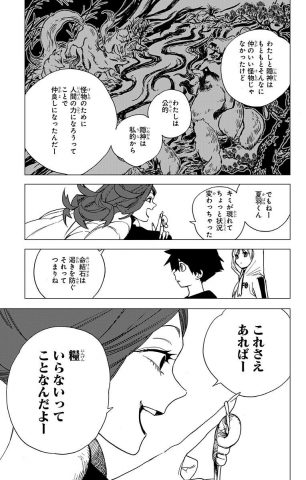
Before we go into detail, let me briefly introduce the "Kemonozihen" incident that appears in the story. The Monsterzihen is an incident that is said to have occurred in the past when humans and monsters were in conflict and fought each other. Although monsters coexisted with humans, the Monsterzihen incident caused them to disappear from our sight, and it is explained in the story that humans no longer know of their existence as they do today.
Animism and the Japanese

The fact that things that once coexisted with us humans have faded away in modern times and have eventually been forgotten by us overlaps with the current situation in which animistic ideas have faded from us in modern times. Even today, rituals that are remnants of the animism of the past, such as visiting shrines on New Year's Day and praying before eating, remain, but it cannot be said that each of us understands their true meaning. Did you notice that the current situation where we have forgotten the existence of the original gods, leaving only the appearance of having faith in the gods of nature, matches well with the world where the monsters in the Monster Incidents have been forgotten by humanity?
Monster Incidents in Ancient Japan
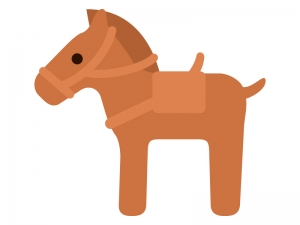
So what was the trigger that caused our awareness of the gods to fade? If it is thought that this phenomenon also existed in Japan in the past, just like the Monster Incidents that appear in the work as the cause of monsters being forgotten by humanity, what kind of event was the trigger?
The hint is the changing nature of the kings of ancient Japan
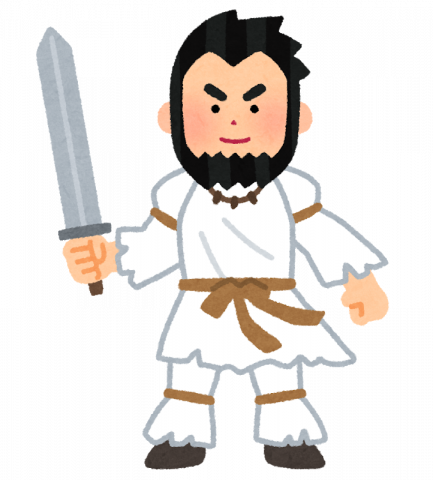
Did you know that during the Kofun period, the burial goods of the kings who ruled over the people changed from religious tools such as "mirrors" and "magatama" to tools of war such as "weapons" and "horse equipment"? Because of this, it is thought that the kings who ruled over the people during the Kofun period changed from their role as shamans who served the gods with "mirrors" and "magatama" to their role as warriors who used "weapons" and "horse equipment".
The relationship between monsters and people before the Monster Incident
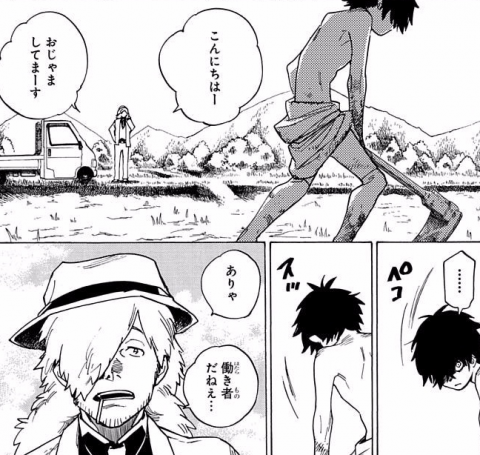
Naturally, in the era when kings used mirrors and magatama to receive oracles from the gods and people followed them, the distance between people and gods was very close. Isn't this the original state of monsters and humans before the Monster Incident? Monsters and people recognized each other, people feared the power of monsters but praised them, and monsters shared their blessings with people while being feared by them. Such a coexistence relationship like that of ancient Japan may have existed before the Monster Incident.
Forgotten Gods

However, as time passed in ancient Japan, the rule of the people changed from one that borrowed the power of the gods to one that used weapons and military force to rule the people. As the way of ruling the people changed in this way, the people's reverence and faith in the gods gradually faded.
Forgotten Gods and the Real Monster Incident

In this way, in real Japan, it is possible that the Japanese people shifted from a life of close contact with the gods, which was originally the basis of their lives, to a life of fighting using tools. The change to the warrior-like nature of the king, which caused the Japanese people to lose their sense of reverence for the gods, and the accompanying intensification of war, are the "monster incidents" in the sense that they caused people to lose the presence of gods in the real world.
Miyazaki films and the Monster Incident
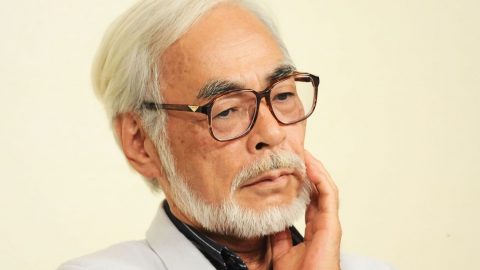
As such, the Monster Incident is set in a setting that effectively incorporates the changes in ethnic beliefs that actually occurred in Japan, making it a very interesting work. However, as with the Monster Incident, a representative example of a work that effectively incorporates ethnic beliefs that actually occurred in Japan into the work and conveys them to the present day is the animated film directed by Hayao Miyazaki. By taking a closer look at Hayao Miyazaki's works, you can further deepen your understanding of the Monster Incident, so be sure to check it out.
Princess Mononoke depicts the Monster Incident! ?
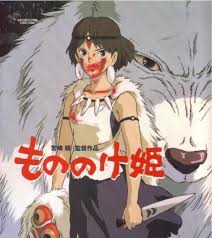
As mentioned above, the Monster Incident caused humanity to forget about monsters, and the belief in the gods of ancient Japan faded. "Princess Mononoke" depicts the transition in ancient Japan in which people forgot their belief in the gods in a similar way. In Princess Mononoke, this process is depicted more fully in the form of a war between humans and gods, making it even easier to understand the changes in belief patterns that once occurred in Japan.
Totoro and the Monster Incident are the same! ?
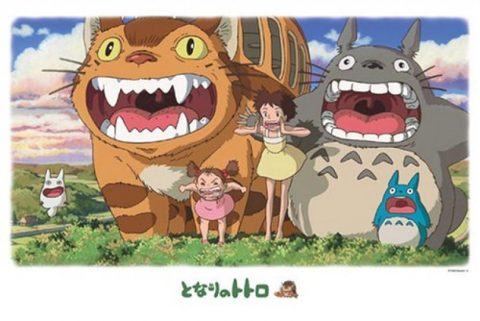
Just as the monsters were forgotten by people due to the Monster Incident, Totoro depicts a world in which the gods who were once worshiped and had great power lost their power as a result of the war between humans and gods, and were relegated to powerless beings who could not even speak. Totoro is not just a ghost, but the ultimate form of the gods who were once worshiped and had great power. The Monster Incident, in which the monsters who once had great power have been forgotten by people, and the worldview in which the gods who once had great power have been reduced to powerless beings like Totoro, are completely consistent.
The whereabouts of the gods who have lost their power
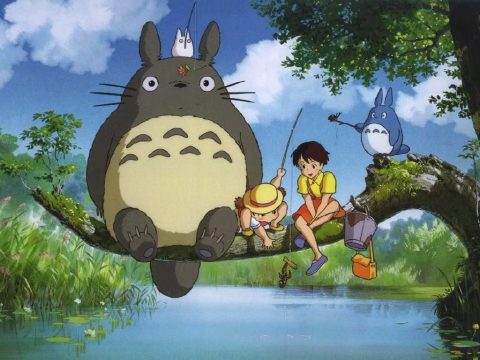
The only difference between Totoro and the monster incident is the difference in the stance of the two: Totoro, who has become a powerless being who can do nothing as a result of being forgotten by people, and the monsters who have begun to work in the shadows to replace humans as rulers of the ecosystem.
The fun of Monster Incidents

The theme depicted in Monster Incidents is quite similar to the theme depicted by nationally renowned film director Hayao Miyazaki, and it speaks to us about what our faith as Japanese people is and what will happen to the forgotten gods.
The courage to draw in a shounen manga!
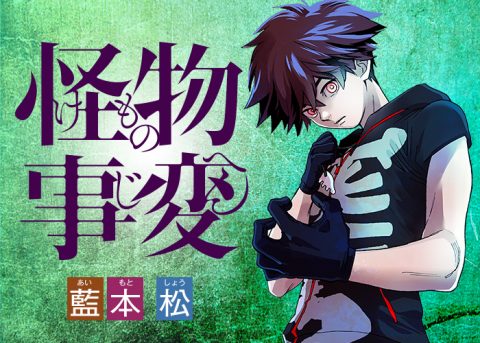
I think it takes a lot of courage to draw such a detailed setting in a boys' manga. Boys' manga tends to have a tendency to draw easy-to-understand stories because there is a risk of it being canceled soon if it is not easy to understand for the boys who are the readership. However, Matsu Aimoto, who draws Kaibutuzihen, is not afraid to draw a difficult setting, and although it is a boys' manga, it is a profound story that anyone can enjoy.
A must-see for hardcore otaku
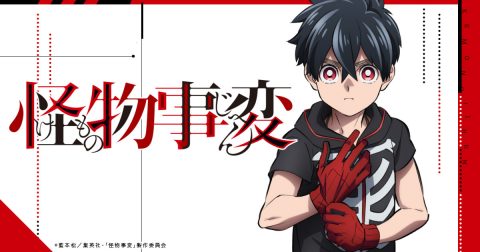
As you can see, Kaibutuzihen is a work that even hardcore otaku like us can enjoy. That's why I decided to introduce the real fun and theme of this work to everyone who will be checking it out on Anime Mill before watching the anime.
I'm even more excited for the anime adaptation!
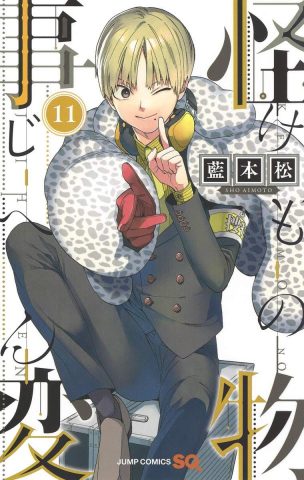
It has been decided that Kaibutuzihen, a huge blockbuster, will be animated in January 2021. I am looking forward to seeing how much of the vast amount of information depicted in the manga version can be visualized. Why don't you all take a look at Kaibutuzihen?
Summary
What did you think? This time, we analyzed the setting and theme of Kaibutuzihen from the perspective of "thinking about the monsters that appear in Kaibutuzihen". Although it is a boys' manga, the setting is drawn after a detailed analysis of Japanese ethnic beliefs, making it a work that even core anime fans like us can enjoy. It has been decided that it will be made into an anime in January 2021, and it is a work that is gaining momentum right now, so please keep an eye on it.



